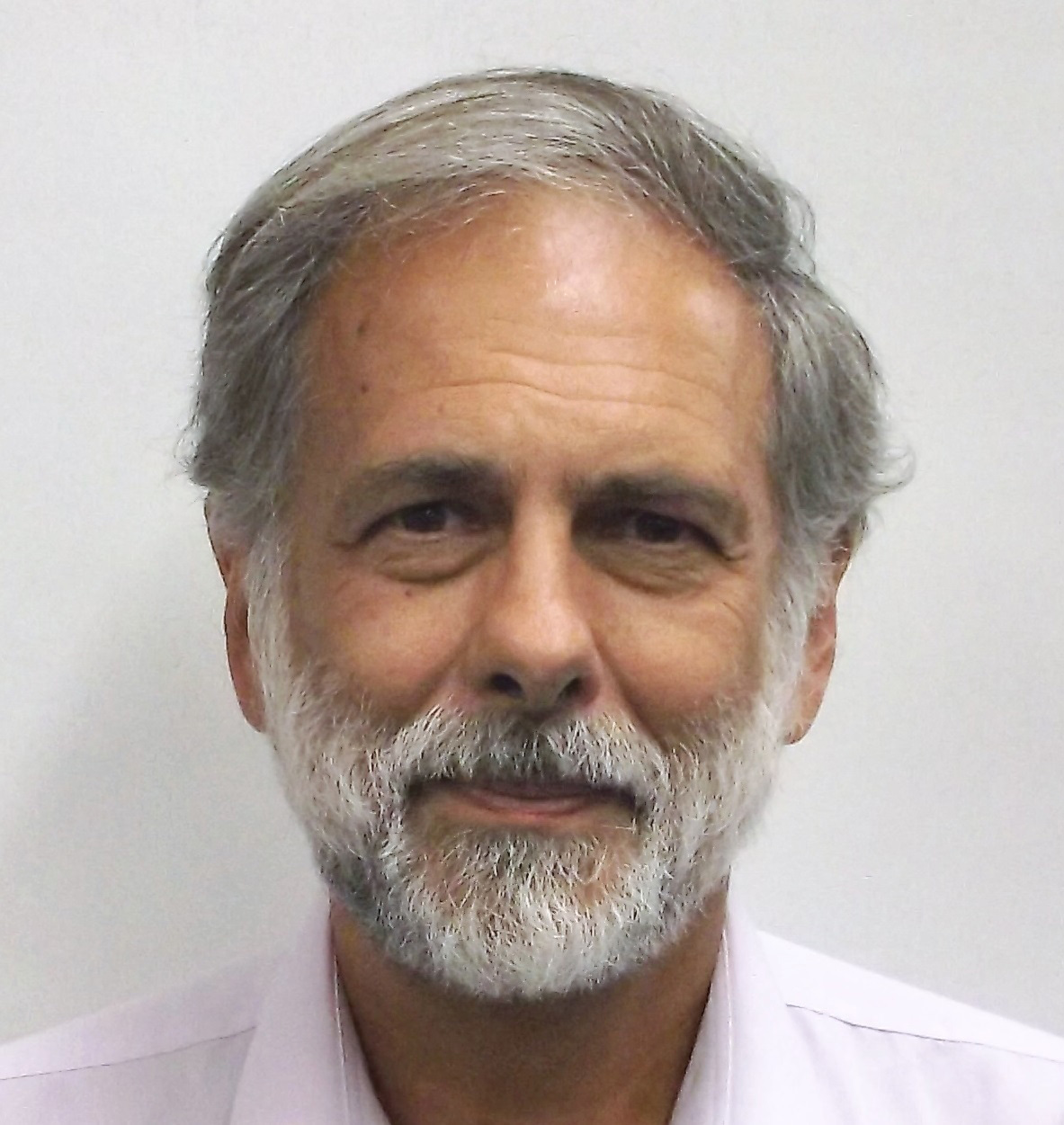The science and technology of sound sleep

Pandemic worries have kept many of us awake this year. But David Rapoport ’70 has long known a thing or two about not getting a good night’s sleep.
Rapoport is a leading expert in sleep medicine and the physiology of sleep-disordered breathing (sleep apnea and snoring). An estimated 10% to 15% of US adults have moderate to severe obstructive sleep apnea, when soft tissues in the upper airways repeatedly collapse, blocking breathing; waking up is the only relief. The cause is unknown, but it can lead to excessive fatigue, neurocognitive impairment, and cardiovascular problems, among other issues.
The most effective treatment is one co-developed by Rapoport: CPAP, short for “continuous positive airway pressure,” which delivers air pressure through a hose and mask to keep breathing passages open during sleep. After an Australian physician invented CPAP in 1980, Rapoport improved the circuitry and showed it worked for sleep apnea nearly 100% of the time. Yet patients who find CPAP cumbersome often opt for less effective treatments. Rapoport’s research now focuses on making the device more comfortable and effective, determining whom to treat, and improving patient training on how to wear it.
“The balance between how well a therapy works and patients’ willingness to use it continues to dominate research efforts,” says Rapoport, founder and president of the Foundation for Research in Sleep Disorders. He is a professor at Mount Sinai’s Icahn School of Medicine in New York City and its Sleep Medicine Research Program director.
Rapoport also served as an investigator with the 1995–2005 Sleep Heart Health Study, the largest epidemiological study of its kind. Researchers linked sleep-disordered breathing to an increased risk of high blood pressure, heart failure, and stroke.
Most recently, his work with New Zealand’s Fisher & Paykel Healthcare led to CPAP changes such as the ability to detect awakenings from breathing patterns and automatically relieve pressure. Early in the covid-19 pandemic, Rapoport also co-developed a Mount Sinai protocol for converting bilevel CPAPs into makeshift ventilators for less severely ill patients, if needed.
The strategy of reducing problems to manageable parts lies at the heart of all research, Rapoport says. He recalls a physics assignment to estimate the number of blades of grass in Killian Court. “That lesson is emblematic of the things that I learned at MIT,” he says. “The absolute beauty of what you can do on the back of an envelope, and then how to turn an idea into an experiment or an invention.”
Keep Reading
Most Popular
Large language models can do jaw-dropping things. But nobody knows exactly why.
And that's a problem. Figuring it out is one of the biggest scientific puzzles of our time and a crucial step towards controlling more powerful future models.
The problem with plug-in hybrids? Their drivers.
Plug-in hybrids are often sold as a transition to EVs, but new data from Europe shows we’re still underestimating the emissions they produce.
Google DeepMind’s new generative model makes Super Mario–like games from scratch
Genie learns how to control games by watching hours and hours of video. It could help train next-gen robots too.
How scientists traced a mysterious covid case back to six toilets
When wastewater surveillance turns into a hunt for a single infected individual, the ethics get tricky.
Stay connected
Get the latest updates from
MIT Technology Review
Discover special offers, top stories, upcoming events, and more.